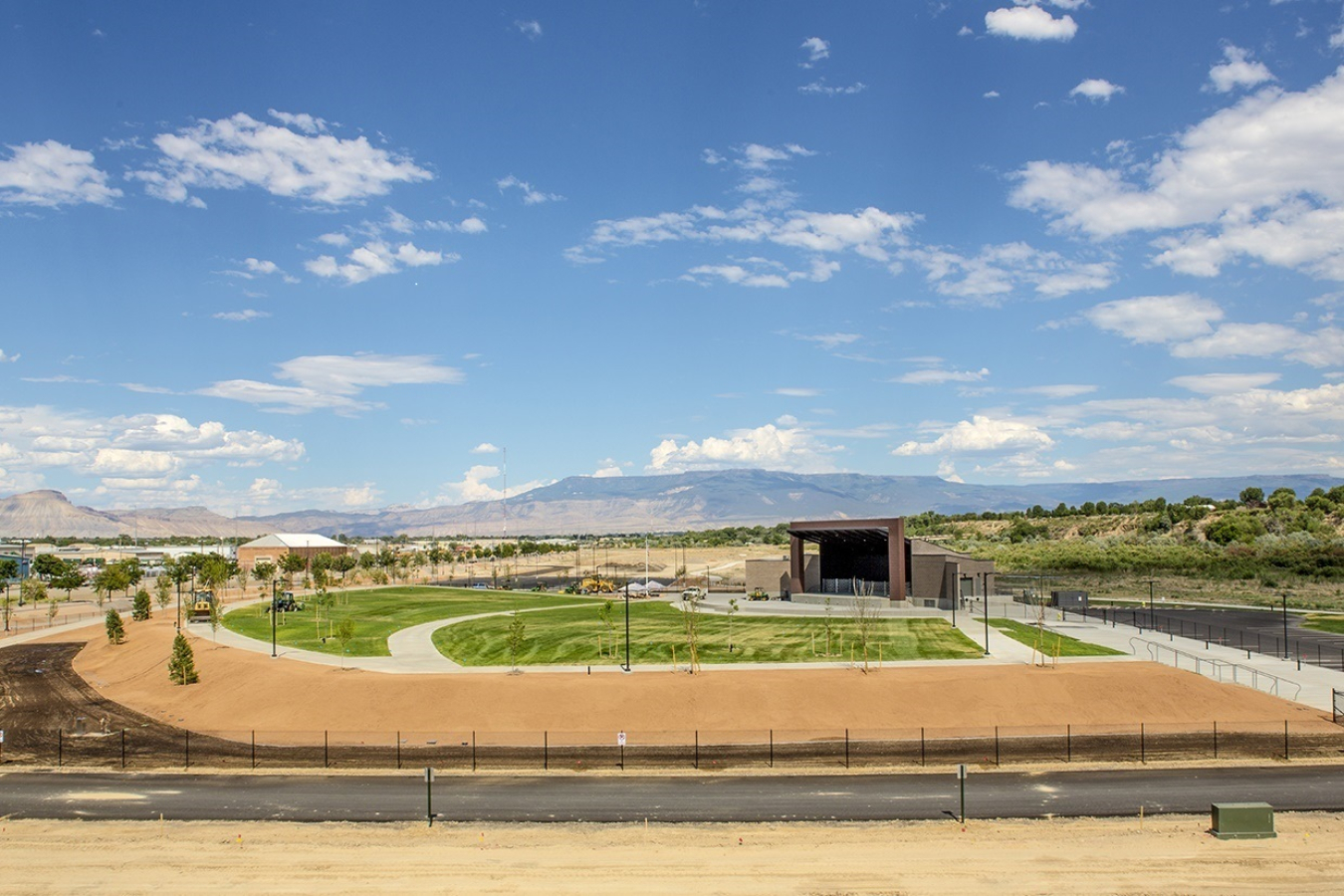Manhattan Project refinery site becomes home to international collaboration
May 31, 2023
About 26 miles from the Utah border sits Grand Junction, Colorado, an unassuming place that made a contribution to the Manhattan Project — by providing uranium for enrichment to produce the world’s first atomic bomb.
Today Grand Junction is a thriving community, complete with an amphitheater and a zipline (coming soon). It’s also the site of a successful environmental cleanup conducted by the U.S. Department of Energy with the collaboration of the city, stakeholders, residents, and careful oversight of the state of Colorado to turn what was once considered a blight into a popular recreation destination.
Earlier this year, a team of researchers from Atomic Energy of Canada Ltd., Canadian Nuclear Laboratories, and Municipality of Port Hope, Ontario, asked the Department of Energy Office of Legacy Management (LM) for a closer look at the Grand Junction, Colorado, Disposal/Processing Site operation. In February, the group toured the former uranium-processing mill site, which is now a community recreational space.
“Managing similar uranium wastes and mill tailings at their site in Port Hope, Ontario, the team was interested in learning from our best practices and effective management strategies,” said Tania Taylor, LM technical director, who provides overall strategic direction for LM’s international program. “It was great for the folks from Port Hope to see how the relationships between LM, the city of Grand Junction, state regulators, and the community have evolved. These relationships make all our work possible.”
Grand Junction site managers are locals who have a personal connection to their work. Taylor said they approach their work from the standpoint of someone who moved there for the job.
“That dedication was really apparent to the international colleagues,” Taylor said.
Grand Junction Disposal/Processing Site Manager Sara Woods points to Las Colonias Park, once a uranium-processing site that was cleaned up and returned to unrestricted public use, as one of LM’s crown jewels. “It’s an example of the positive impacts that result from multiagency collaboration,” she said.
“The transformation of what was a distinct part of history, to what Las Colonias is today, is a testament of what can happen when great partnerships are formed,” Woods said. “Having grown up in Grand Junction, it is a privilege to be able to partner with the local and international community and provide just one example of the good that can come of a once-contaminated piece of property. Las Colonias is a gem in the heart of western Colorado.”
Taylor said the meeting with the Canadian team created the opportunity for exchanging ideas and resulted in an invitation for LM’s team to come to Port Hope.
“They offered us the chance to see Port Hope and experience their work in action,” Taylor said. “Considering the different perspectives of how other countries are managing similar issues benefits our site managers and how we conduct our work in the U.S.”
During the site visit, people from both teams said they appreciated the collaboration and exchange of ideas and that their collective goal was to protect people and the planet.

